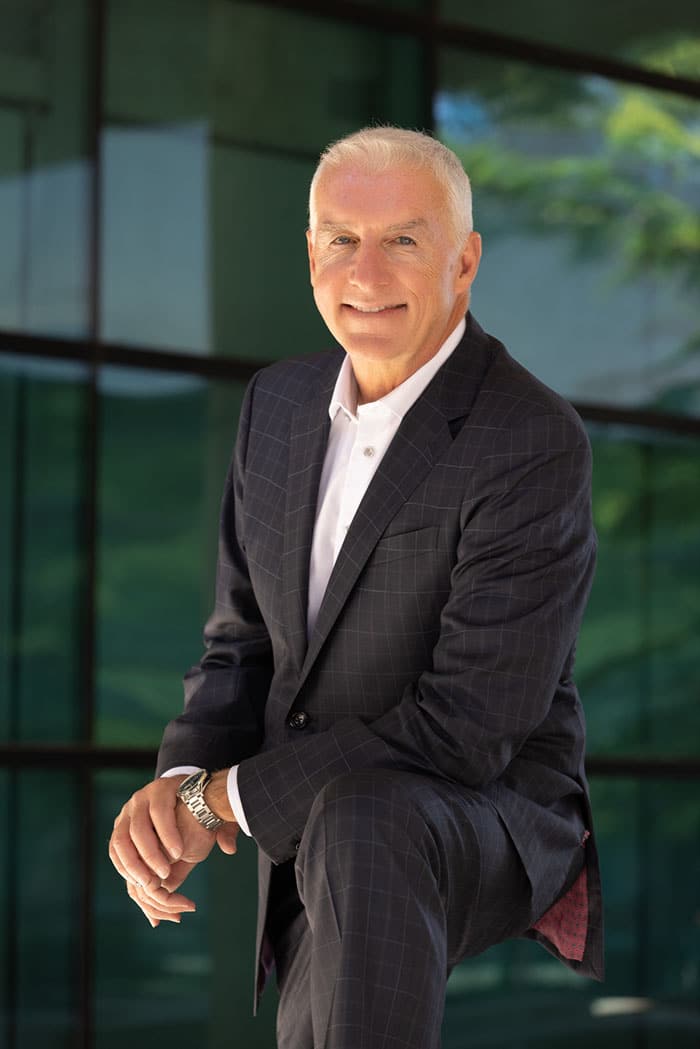“Welcome to the age of average.”
This begs a question. When developing a new brand, will we attract a broader audience by offering the familiar? Or, do we benefit from striking out with an individualistic identity? If it is differentiation, or innovation, we seek, the average is not the future we envision.
“Aaron Taylor Harvey, the Executive Creative Director of Environments at Airbnb had spotted something similar: ‘You can feel a kind of trend in certain listings. There’s an International Airbnb Style that’s starting to happen. I think that some of it is really a wonderful thing that gives people a sense of comfort and immediate belonging when they travel, and some of it is a little generic. It can go either way.’”
There it is again: “a sense of comfort and immediate belonging.”
I bump into this mindset (if I dare call it a mindset) in my real estate business. I had a listing recently that divided potential buyers on the value of the property. More than once, a prospect commented that the home was “dated” and would require substantial remodeling. Every new buyer wants to put their mark on their new home, whether it be the furniture, new paint, or some other décor. That is natural. Each buyer develops their certain style moving from property purchase to property purchase. However, I quickly noticed a recurring theme among the shared comments. They were describing a certain “look” that they expected or hoped to find. One prospect put a price on the expected redesign of $300,000. Given my long history in homebuilding, I couldn’t imagine how this prospect arrived at such a number. I believe they wanted to see “that look.” In other words, they wanted the familiar.
Design trends try to predict what the market seeks. Such trends might inform us of “what sells!” That cannot be ignored. One who seeks out new trends is thirsting for new insights. Such a differentiation-mindset is admirable. It is also challenging to continually improve. Trends and customer tastes will always change. We can learn from each trend, taking what resonates with our vision, shaping our individual identity.
“AirSpace” is the name Kyle Chayka has given to a digital lifestyle. this international Airbnb design aesthetic. Kyle goes further to define the psychographic of this typical client: “wealthy, mobile elite.” Much is suggested by this moniker. Wisely, Kyle points out that this client wants “to feel like they’re visiting somewhere ‘authentic’ while they travel, but who actually just crave more of the same.”
You’ve heard me say, “If it ain’t broke, break it!” For me, the secret to high achievement is to constantly be innovating. In today’s marketplace, any design aesthetic is so heavily influenced by a retail sector that is starved of inventory. So many stores display so little variety. We understand why. The retail sector is hanging on by its fingernails. Large retailers are burdened by underperforming stores. The age of the Big Box retailer has met its online match.
However, whether online or in person, homogeneity reigns. It is easy to specialize with an online marketplace. Such businesses offer just-in-time inventory, without a large investment in undesirable products. Enabling simple return policies, so many products allow “trying them” to discover whether the product meets our felt-need. Online furniture, on the other hand, does not make “trying on” so easy. Virtual furniture stores depend on strong reviews to overcome their customers’ fear of inferior quality.
How do we trust those that vouch for a product? What if you had a trusted source to certify the quality of the products you seek? The High Performance Home exists to drive competency and innovation in the delivery, improvement and development of housing and its components.
In 1995, the Professor of Architecture and Urban Design at Harvard University, Rem Koolhaas, published an essay titled The Generic City. In it he states, “Convergence is possible only at the price of shedding identity. That is usually seen as a loss.”
In today’s retail marketplace, customers are limited by the products they are offered. Merchandise-buyers at many retail chains seek the safety of homogeneity. In other words, we make buying decisions heavily influenced by the inventory and products available in the marketplace. Unless we can fabricate our own products, our choices are increasingly limited.
A “playing it safe” mindset does not value continuous improvement. In commercial construction, component improvement happens every day. This makes sense. A single building or tower is a significant investment. Additionally, as towers go higher, developers, contractors and architects demand exterior systems that offer higher performance. In the residential construction market, innovation in systems occurs in fits and starts. We have certainly become comfortable as producers of HOME. Home buyers, on the other hand, are frustrated by inferior quality of service and product.
The smart home is not that smart. Energy efficient construction is adopted by the few, rather than the many. Sustainability is seen in experimental housing not mainstream offerings.
The High-Performance Home is committed to inspiring change in the home-building industry. At times we might appear to be criticizing today’s suppliers and builders. That is not our intention. Our mission is to better inform all providers and elevate the design and construction for all.


